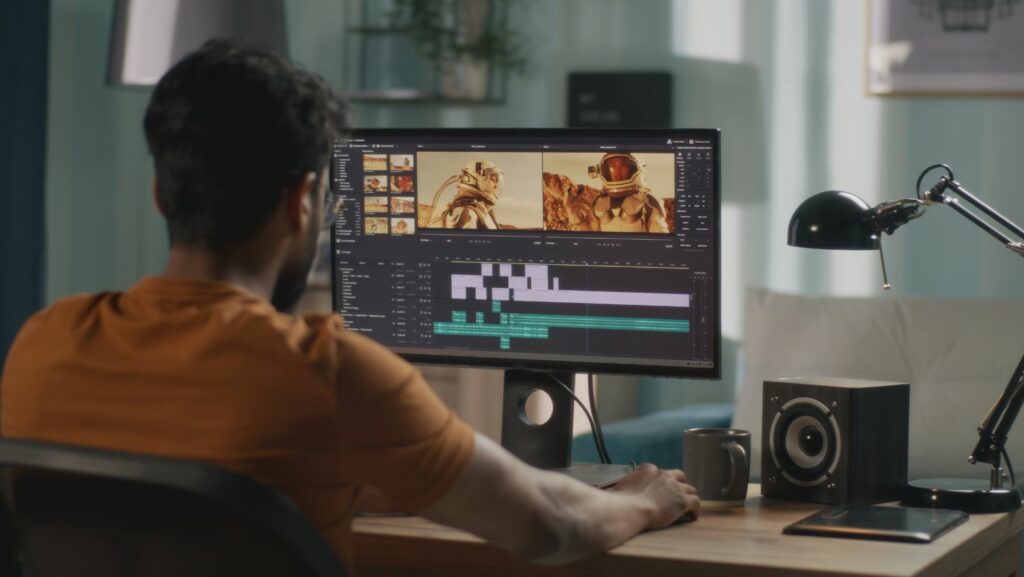According to the latest reports, more than 400 terabytes of new data are created every day across the globe, and that volume is expected to skyrocket in the coming years. Much of that consists of video, and it’s one of the types of content people seek out the most. It’s a highly effective marketing tool. It’s also essential in the educational system, and companies are increasingly using it for onboarding and training purposes. Of course, people routinely watch videos for their entertainment value as well.
Regardless of what types of video content you’re creating and its ultimate purpose, encoding is an important part of the process. You’ll find different methods for video encoding, but one of the biggest questions here revolves around encoding with software vs hardware. Both are effective and perfectly acceptable, but each one has its own benefits and disadvantages. Take a closer look at both to better understand which one might be the best option for you.
Why Is Video Encoding Important?
First off, take a moment to explore the reasons video encoding is important. For one, raw video files are extremely large, so they take up a great deal of storage space. Encoding compresses them into more manageable files so they’re easier to store, retrieve, and share. Encoding also allows videos to be converted into different formats.

It makes them more streamable and improves their performance on different devices and platforms. Encoding fosters quality control as well.
Comparing Software and Hardware Encoding
That brings us to the general comparison between software and hardware encoding. Software encoding uses your computer’s CPU to process videos. Since it’s part of your device’s software, it can be updated as needed. That ensures you’re more easily able to take advantage of the latest developments and upgrades. Software encoding also gives you more flexibility. That being said, software encoding is also slower, and it requires more power.
Hardware encoding, on the other hand, uses dedicated chips installed in your computer for video processing. It’s faster, and it doesn’t require as much power as software encoding. If you’re processing video on the go, you won’t have to worry about draining your laptop’s battery along the way. It gives you limited flexibility, though, because you’re limited to the hardware’s capabilities. Taking advantage of updates and new technology means having to have new chips installed in your computer.
Which One Is Better?
There’s no straightforward answer regarding whether software or hardware video encoding is better. It really depends on your needs and expectations. If you routinely process video content on a mobile device, hardware encoding may be a better option. That’s also the case if speed is more important than flexibility. If you’re looking for more flexibility, though, software encoding could better meet your needs.

For beginners, hardware encoding is generally recommended. It requires less technological know-how, and it’s easier to work with. Hardware processors often have built-in settings and don’t need outside intervention. Additionally, the same features that limit its flexibility also mean there’s less guesswork and a smaller margin for error.
For people with more advanced skills and knowledge, software encoding may be a more suitable option. It offers more control over the video content and allows users to take advantage of more features and add-ons. Many people start off with basic hardware encoding and transition to software as they gain more experience.


More Stories
How Iceland’s Casino Laws Are Adapting to Industry Changes
The Evolution of Esports: From Niche Hobby to Global Industry
Dating Russian Women: J4L’s Exclusive Platform